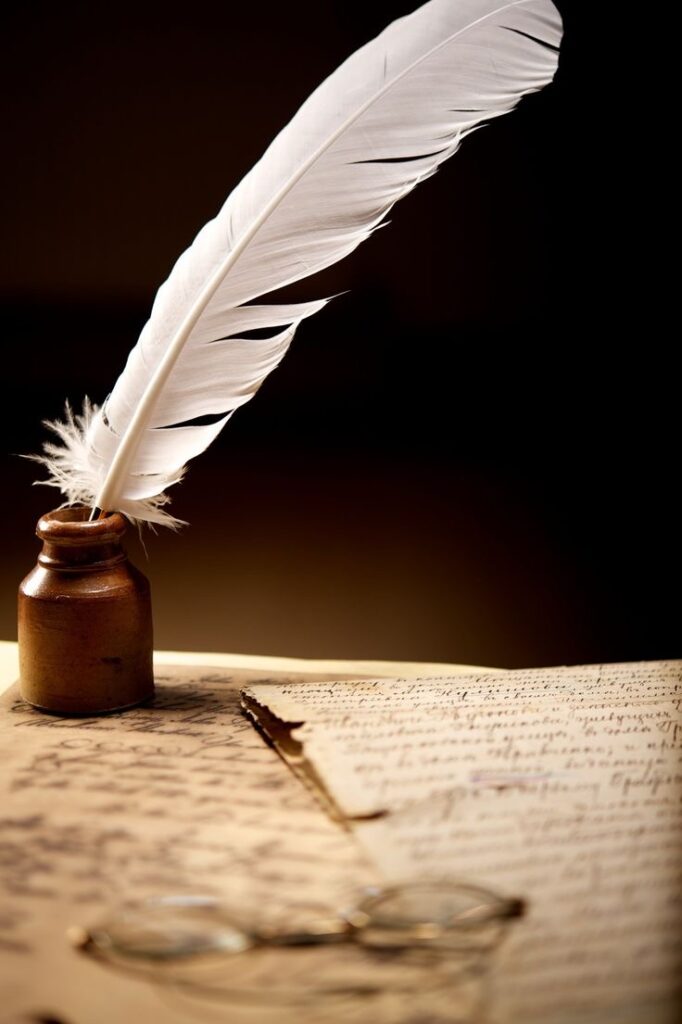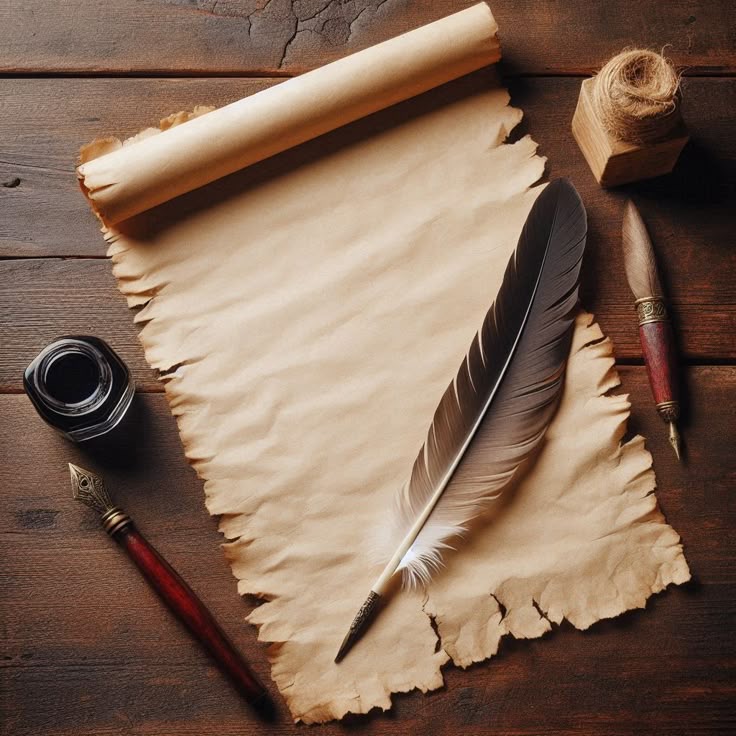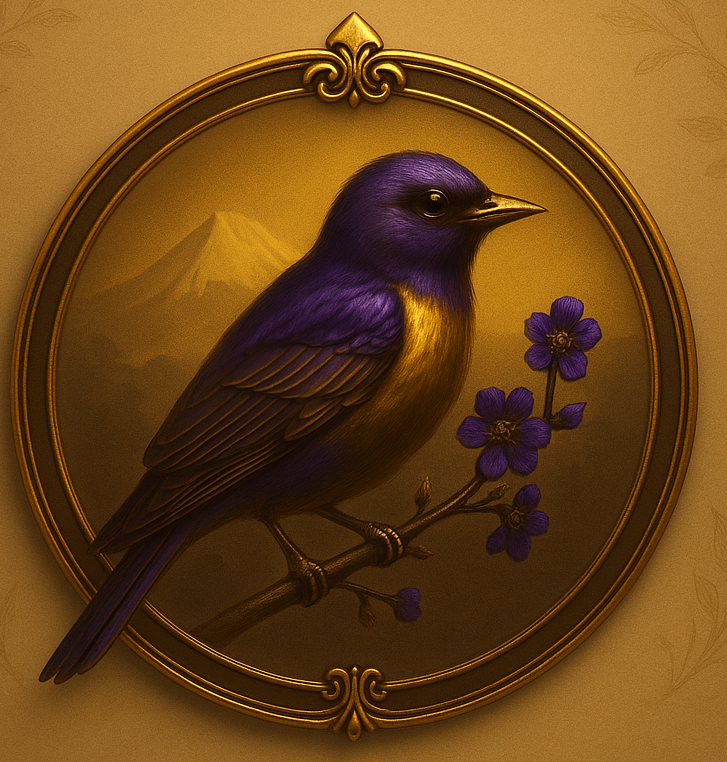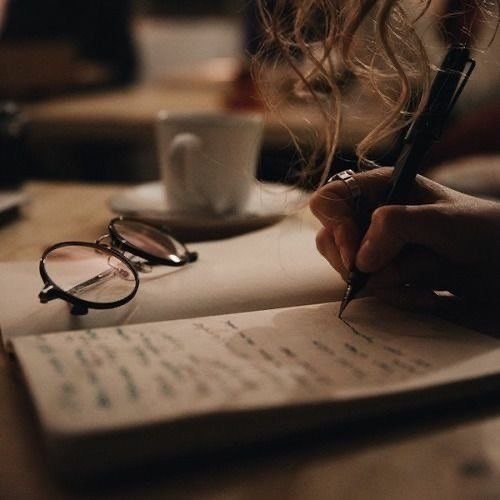Introduction: Poetry; The Oldest Voice of the Human Spirit
What if words could dance, whisper, scream, or sigh? That’s exactly what poetry has done for centuries.
Poetry is more than rhymed lines or pretty language, it’s one of the oldest forms of storytelling. From ancient chants, it’s how humans have expressed love, loss, revolt, hope, and everything in between. It compresses different emotions into a few words, words that often stay with us for life.
Poetry is when an emotion has found its thought and the thought has found words.” — Robert Frost
Fundamental Elements of Poetry: The Ingredients Behind the Magic

Imagine a song without a beat or a painting without color. That’s what a poem would be without its core elements.
Poetry is built on tools like rhythm, meter, rhyme, and imagery. These are not just decorative; they serve a purpose, they make words memorable. For instance, iambic pentameter (used by Shakespeare) mimics the natural heartbeat, making the language feel deeply familiar.
Imagery, meanwhile, paints pictures in our minds: “I wandered lonely as a cloud,” writes Wordsworth, and suddenly you’re walking through a field in spring.
Fun fact: Research from the University of Exeter shows that reading poetry activates parts of the brain linked with introspection and reward, similar to music.
Structural Components of Poems: The Blueprint of Expression

If poetry is a house of words, its structure is the blueprint.
Lines, stanzas, enjambment, and even the use of white space all shape how a poem feels. Some poems flow smoothly like rivers, while others jolt and jump, forcing readers to pause and think.
The visual layout of a poem, whether it’s shaped like a heart or arranged in a block, can also add layers of meaning. Poets like e.e. Cummings used unconventional structures to break rules and make points, long before it was trendy.
A poem begins as a lump in the throat, a sense of wrong, a homesickness, a lovesickness.” — Robert Frost
Diverse Forms of Poetry: From Haikus to Epics

Not all poems are alike, some are short and sharp, others epic and expansive.
Sonnets speak of love in 14 perfect lines. Haikus captures nature in just 17 syllables. Free verse breaks all the rules, while limericks love to laugh.This variety makes poetry one of the most flexible art forms in existence. It fits every culture, language, and moment in history from the epic Iliad of Homer to the powerful, raw lines of Maya Angelou.
There is no greater agony than bearing an untold story inside you.” — Maya Angelou
Genres and Themes: The Many Masks of Meaning

Whether it’s telling a tale, singing emotions, or making a political statement, poetry wears many masks.
Narrative poems like “The Rime of the Ancient Mariner” spin entire stories, while lyric poems like those of Pablo Neruda dive deep into the soul. There are epic poems, elegies, satirical verses, and more, each tailored to a purpose.
Themes range from the universal (love, death, nature) to the contemporary (identity, injustice, technology). Poetry has marched alongside revolutions and whispered in lovers’ ears. It’s both protest and prayer.
Poetry is language at its most distilled and most powerful.” — Rita Dove
Conclusion: Why Poetry Still Matters
In a world of 280-character tweets and instant reels, why should we care about poetry?
Because poetry slows us down. It makes us feel. It reminds us of our shared humanity. Whether you’re reading Rumi, reciting Shakespeare, or listening to spoken word at an open mic, poetry connects us across time, culture, and experience.
So next time someone asks, “What is poetry?” — you’ll know it’s not just something you read. It’s something you feel.
“If I read a book and it makes my whole body so cold no fire can ever warm me, I know that is poetry.” — Emily Dickinson


hahaha